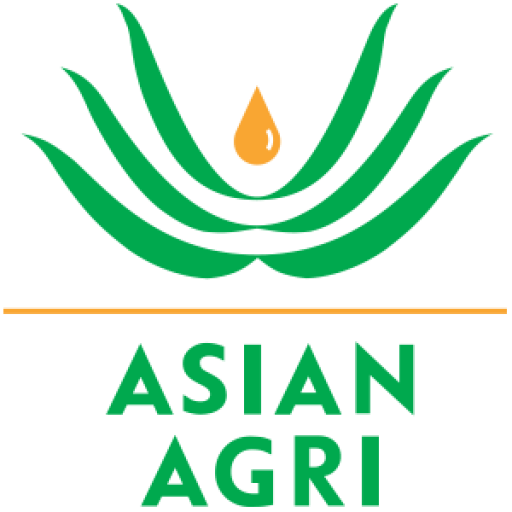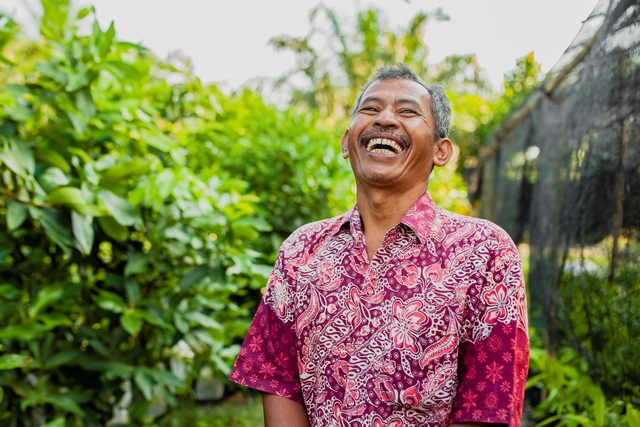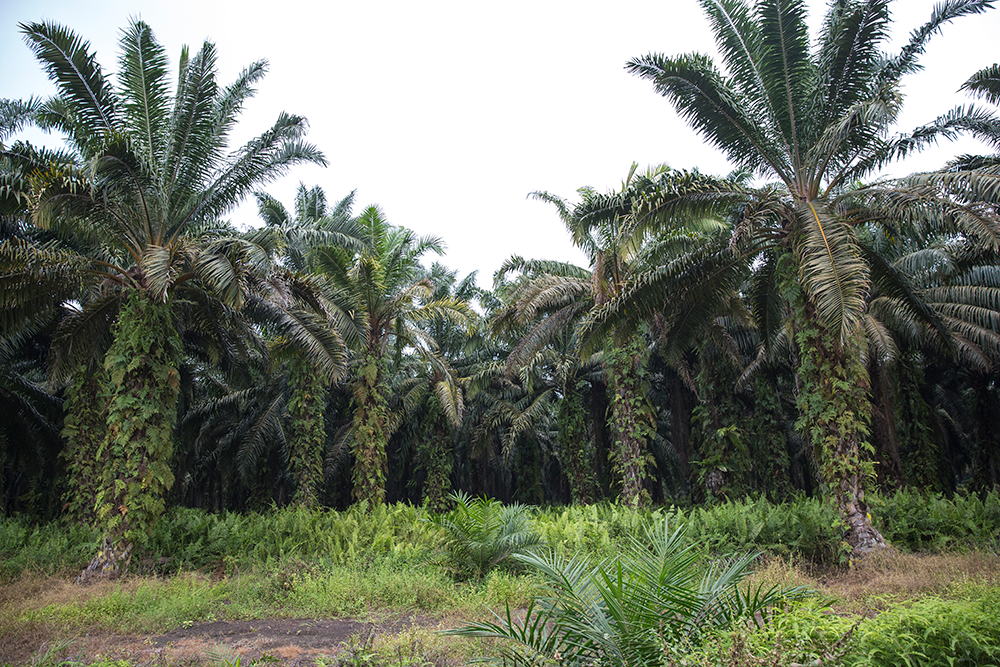“A Company Must Be Beneficial for the Community, Country and the Company Itself”
− Sukanto Tanoto −
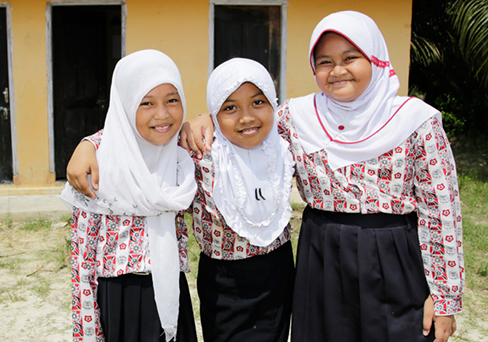

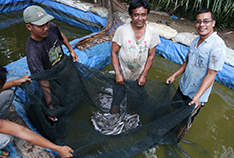
As one of the pioneers of the smallholder partnership scheme in Indonesia, Asian Agri today works with 30,000 plasma smallholders representing 60,000 hectares of smallholder plantations. Asian Agri has the capacity, knowledge and experience essential to establishing strong and mutually beneficial working relationships with oil palm smallholders.
With its wealth of experience partnering smallholder estates, Asian Agri started a capacity building program for independent smallholders with the aim to improve the livelihoods of independent smallholders, raise industrial productivity and improve environmental management.
This program was launched in 2011 when Asian Agri started engaging independent smallholders in Negeri Lama, North Sumatra. By the end of 2014, Asian Agri had partnered with 11,242 hectares of independent smallholder estates. To date, the number of independent smallholder partners grow to 32,000 hectares of land.
To support this partnership program, Asian Agri formed a dedicated team. The team was strengthened to 20 people with one manager as a field supervisor overseeing the team’s activities. This Independent Manager engages the smallholders on a daily basis.
Asian Agri’s engagement with independent smallholders includes guidance on the formation of cooperatives, fostering a sense of togetherness, providing agricultural knowledge such as the recommended use of fertilizers, and other forms of assistance such as seeds and financing infrastructure improvements.
Asian Agri supports smallholders in:
- Formation of Cooperatives
Asosiasi Amanah is the only independent smallholder and the first in Indonesia to have obtained an RSPO certification with support from Asian Agri. Located in the villages of Bukit Jaya, Trimulya Jaya and Air Emas, this association comprises 10 smallholder groups with 349 households and a land area of 763 hectares that was planted in 2000. In the process of obtaining the RSPO certification, Asosiasi Amanah through its cooperative, Koperasi Amanah, regularly reached out to each smallholder group. The smallholders were also supported with training under the Principles & Criteria (P & C) of RSPO and a sense of togetherness was fostered among them. - Seeds Provision
Currently, independent smallholder estates produce 15% of the palm oil with 2.25 MT of CPO per year. With improved management, these estates can potentially yield 18% or as much as 3.6 MT of CPO per year. Independent smallholders could best achieve this yield by planting new seeds, and palm oil production could reach 25% with a total CPO volume of 7.5 MT per year. - Oil Palm Pest Management
Asian Agri implements the Integrated Pest Management on its oil palm plantations. To manage the nettle caterpillar pest, for example, Asian Agri uses its natural predator, Sycanus sp., providing it with its habitat by planting Turnera subulata and Cassia tora, their natural host plants. We strive to minimize the use of pesticides or any other chemicals in combating pests. - EFB Application, Effluent Cake, Solid, Fertilizer Use,
Empty Fruit Bunches (EFB) are what is left from Fresh Fruit Bunches (FFB) from which the palm fruits are extracted during processing at a palm oil mill. Each processed FFB will produce EFB that amount to 20% of the processed weight. EFBs absorb and store water very well and can be utilized as mulch to hold water, ensuring more reliable water availability for crops, especially for immature oil palms. EFB also contains essential nutrients for oil palm trees.
Liquid waste from the mills that cannot be used for land application is processed through wastewater treatment. Each of the 19 mills owned is equipped with waste treatment facility. This waste treatment is monitored regularly by R&D, Asian Agri’s environmental management team, as well as government environmental protection agencies. This wastewater treatment produces water that has met the minimum standards set by the government. Water from waste treatment is also regularly checked. This includes water in the vicinity of the mill used by the local community. - Cattle Integration with Oil Palm
One of the ways Asian Agri optimizes the utilization of oil palm waste is integration of oil palm trees with cattle. As Indonesia aims to achieve self-sufficiency of cattle, this approach can be encouraged to help achieve that goal. Oil palm byproducts or waste, such as leaf midrib of palm oil, oil sludge, fruit juice fibers and effluent cakes, are used as cattle feed. Through SISKA, Asian Agri’s Oil Palm-Cattle Integration System Program, smallholders have an additional alternative source of income and are able to utilize oil palm waste better. Raising cattle can help reduce fertilizer expenditure to Rp 1,750,000/Plot/year and can increase the income of smallholders by Rp 143,875/head/month.
Asian Agri targets for its partnered independent smallholders an increase in productivity by through best management practices in the field and maximizing the potential of FFB acquisition. With good management, smallholders can increase income and improve their livelihood. These targets will be achieved through all parties sharing a common perspective on sustainability and putting an end to unsustainable practices.
